
Juan Manuel Espinosa transports 30,000 litres of the finest olive oil
Story
Andalusia is home to one of the world's largest olive growing areas. The olive oil made there is a delicacy – and is usually transported to buyers by lorry. A trip with Juan Manuel Espinosa.
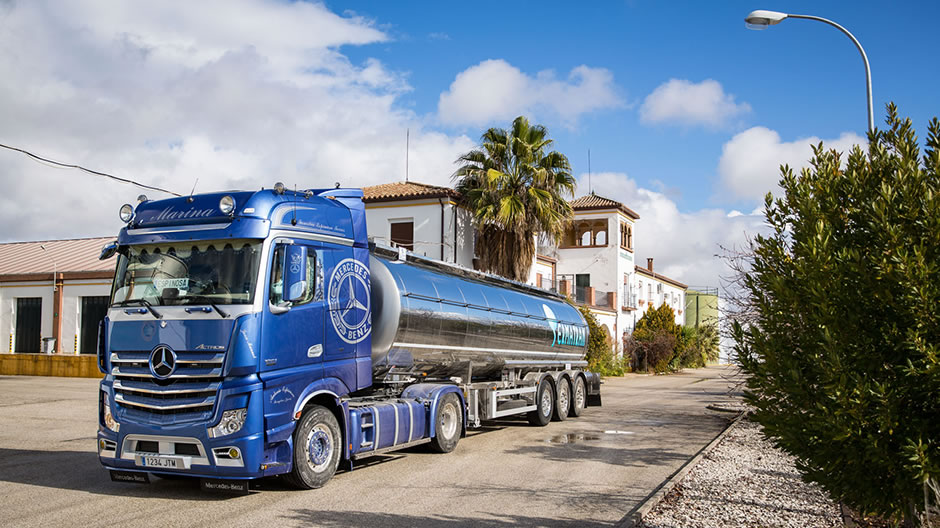
Semitrailer and Actros compete to see which is shiniest - everything is clean in the food industry.
Spring in Spain means rain, night frosts and morning mist. The mercury reluctantly creeps over the five degree mark, no sign of Mediterranean cheerfulness. Admittedly, inland Andalusia is quite a distance from the Mediterranean.
This results in plenty of obstacles. In plain language: the 375 kW
of Juan Manuel Espinosa's freshly cleaned Actros 1851 is currently
really needed, as there are some serious inclines. Luckily, motorway 4
has three lanes so other vehicles can overtake safely. Close to the
top, Predictive Powertrain Control curbs the fuel supply as the system
knows what is coming - the next decline. The speedometer quickly
reaches 60, 70 and 80 again, and Juan Manuel reaches for the
right-hand steering-column lever, allowing the retarder to work more
against the speed – up ahead a car has broken down, blocking a
lane.
This article contains additional material (videos, images and reports etc.) for registered RoadStars members. In order to experience the article to the full, you need to log in with your RoadStars account or register for one free of charge.
Become a RoadStar and gain access to exclusive content and campaigns!
Login for RoadStars members
Not yet a member? Join RoadStars now
Obtain exclusive access to exciting events and activities which only RoadStars can offer.
Join RoadStarsHe glances over to the oncoming traffic, quickly presses the horn
three times and raises his hand in greeting. "That was Alfonso, a
friend of mine. He also drives for Maria and he's just on his way back
to Mengíbar," says the 22-year-old. Maria Álvarez owns the
Sermatran haulage firm. "Sermatran owns the stainless steel
semitrailers and the freight but no tractor units. That's where we
come in," says Juan Manuel. He is driving his father Antonio's
Actros while Antonio is sorting out a second lorry for the small
family company - Juan Manuel is getting his own lorry. This will allow
father and son to be on the road at the same time.
For now though, he is on the way to Italy, a familiar route. "I drive this way roughly every two weeks. Before I was finally allowed to drive on my own when I turned 21, I accompanied my father countless times," he reports. Just before the bottom of the hill, the Actros speeds up again, building up momentum so that the next hill isn't too much hard work. 30,000 litres of the best oil, that's about 27,000 kilogrammes pulling in the wrong direction again during the incline.
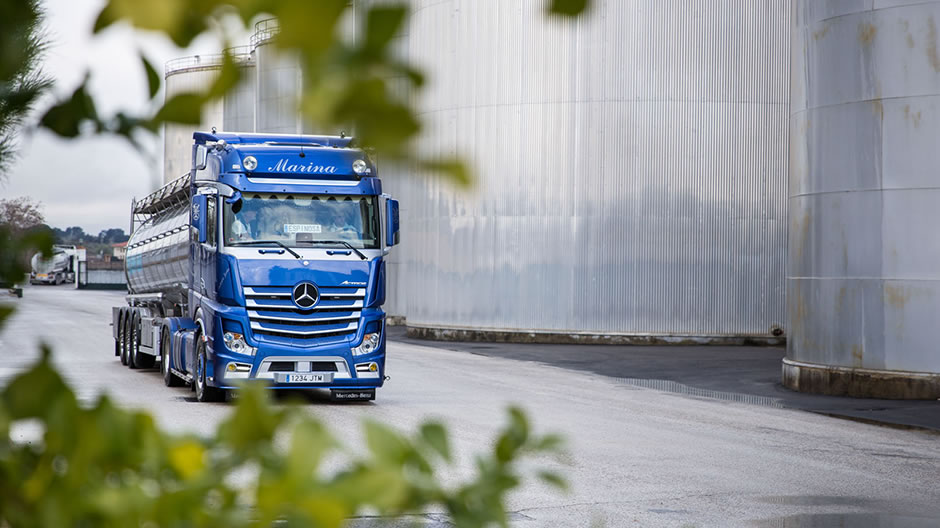
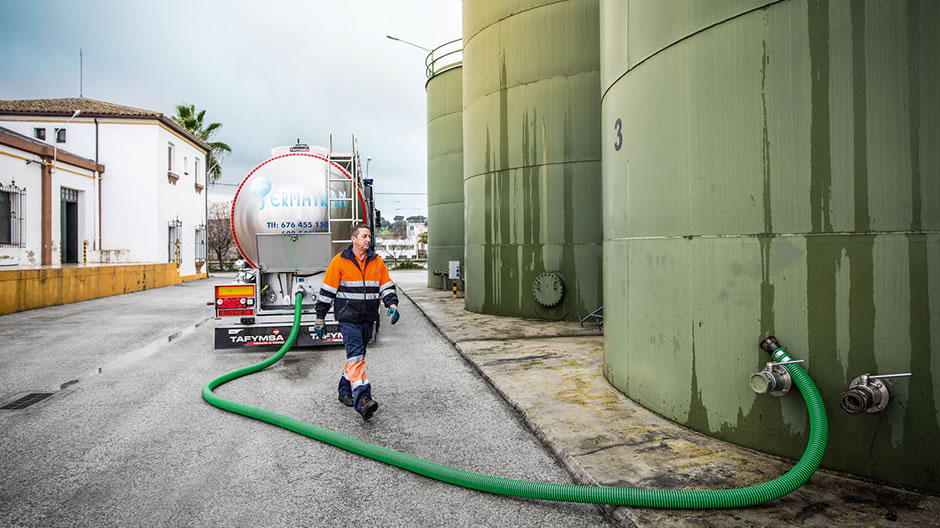
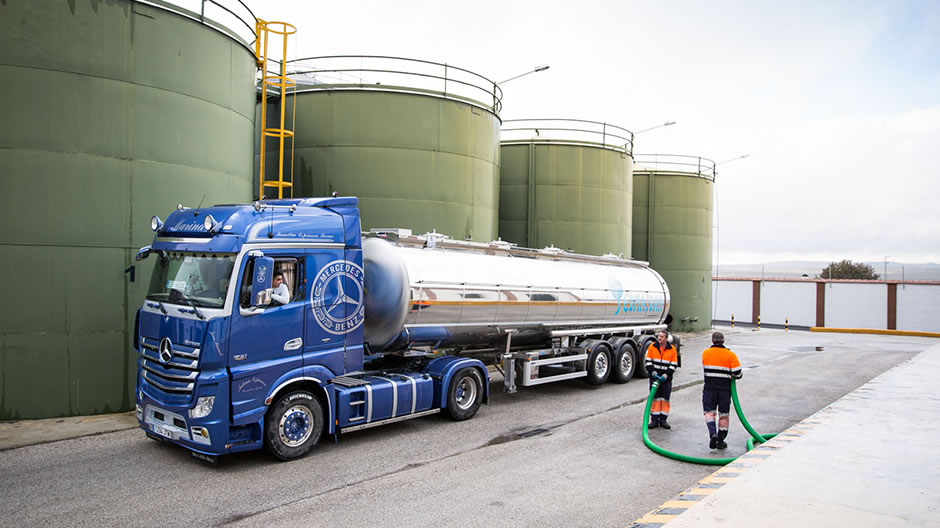
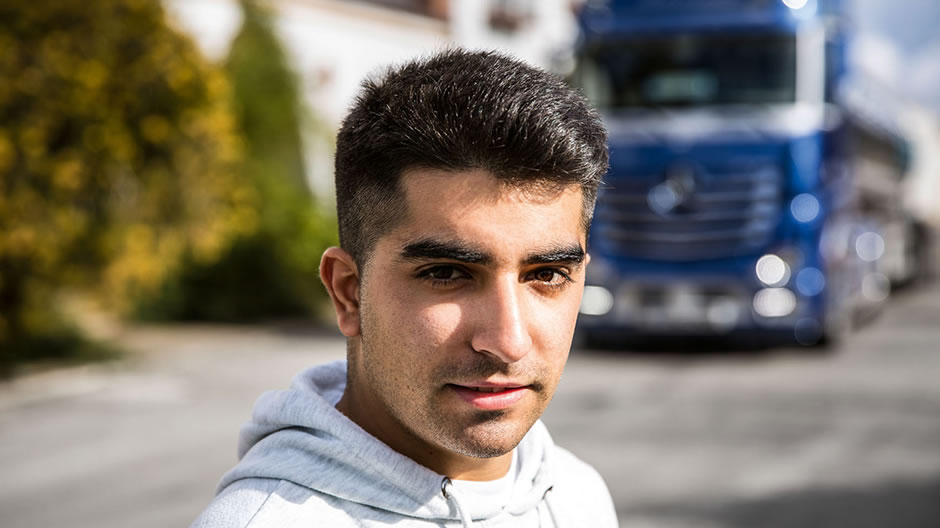
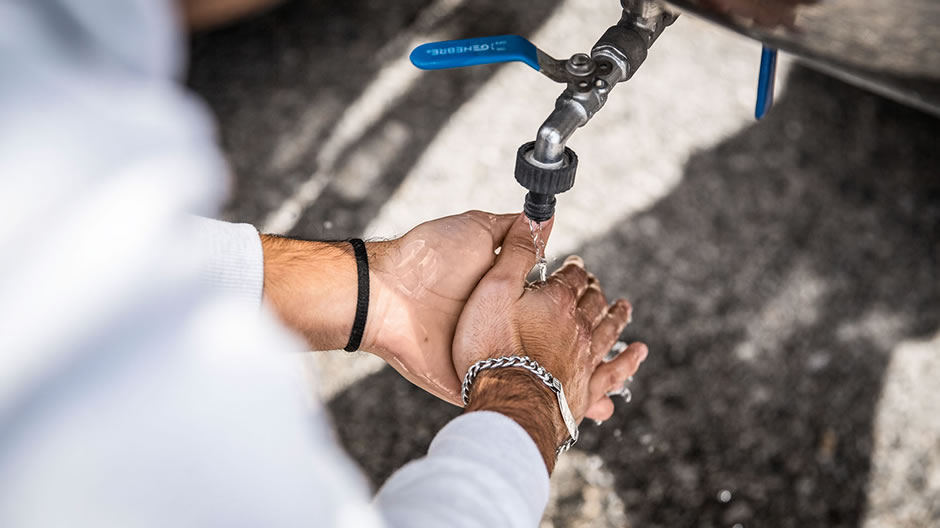
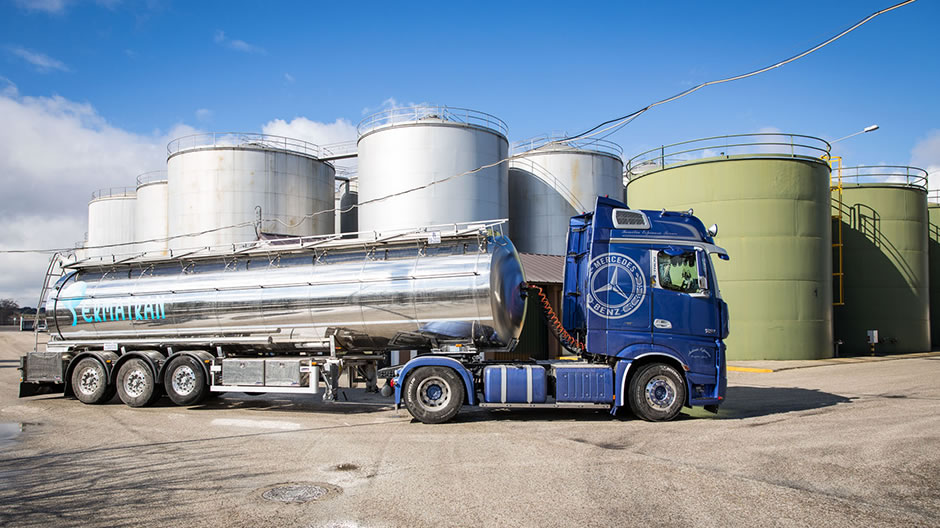
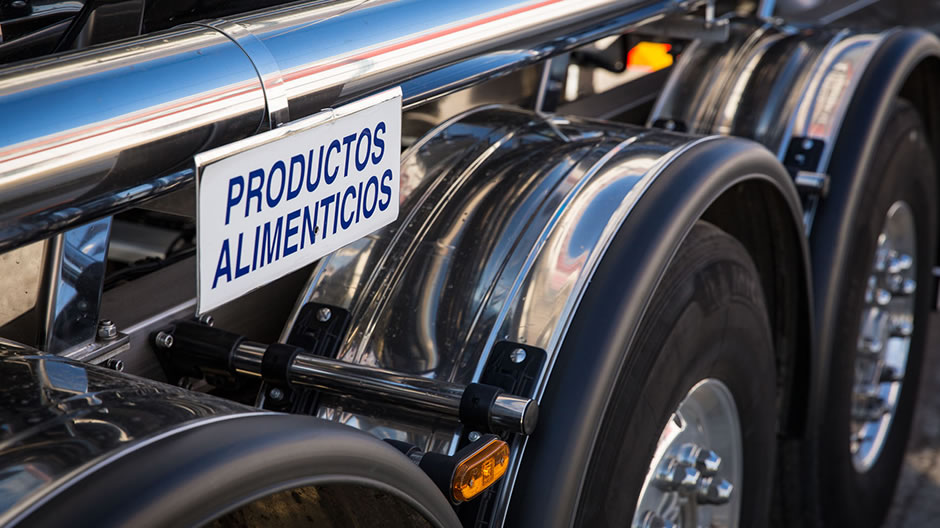
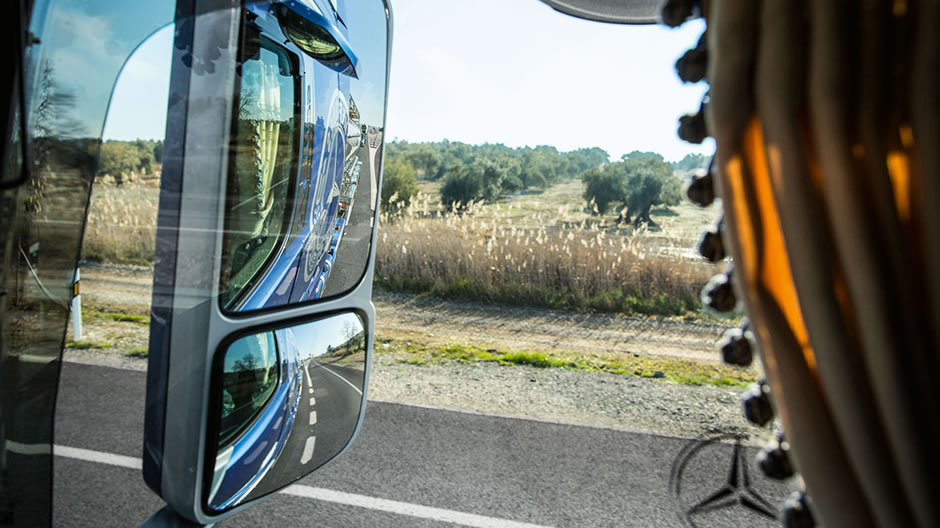
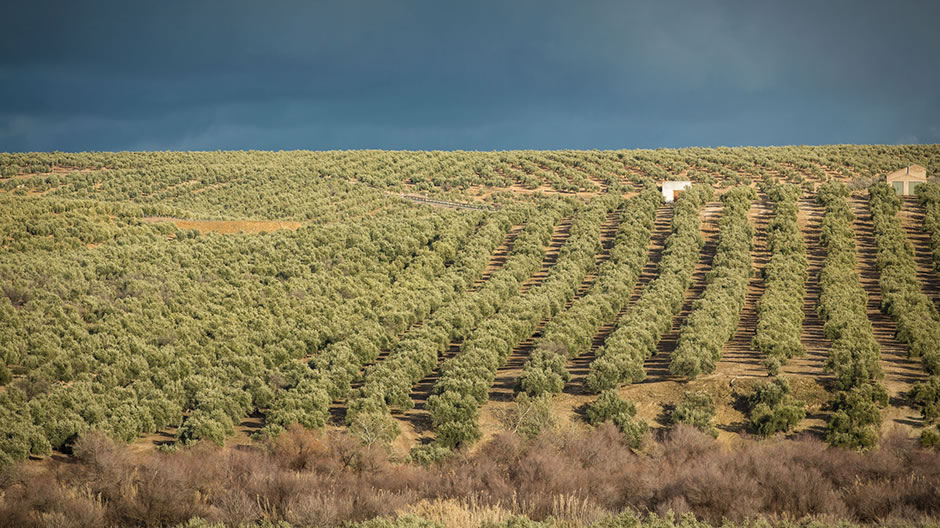
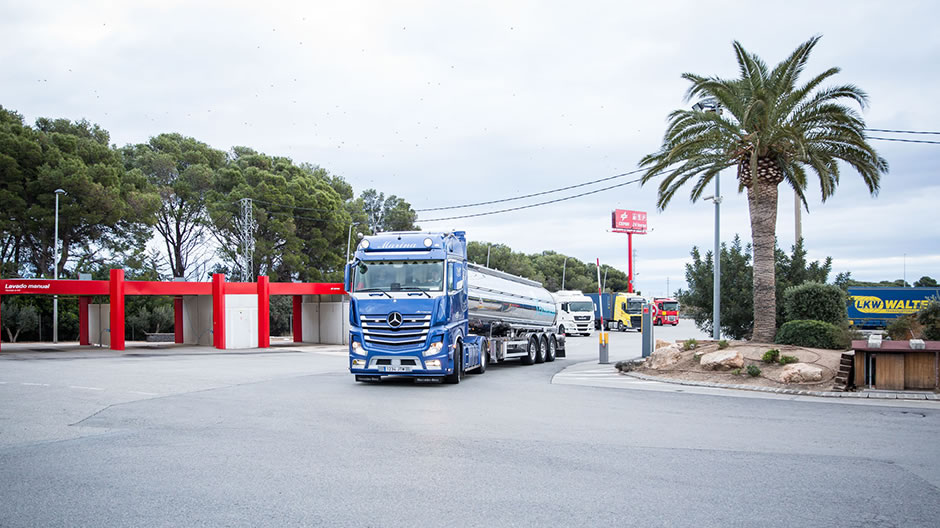
"Olive oil is truly a blessing - extremely delicious and it keeps lots of people in work, including us," says Juan Manuel. Spain is the global market leader in olive oil production. The largest growing areas are between Jaén, Málaga, Córdoba, Granada and Seville. Here, there are roughly 175 million olive trees on two million hectares of growing area. Olive oil production is centred in the region around Jaén, which is where Mengíbar is located. The Phoenicians brought olive oil to Spain, the Romans who followed perfected its cultivation and the Moors achieved its fine taste, also resulting in the adoption of the Arabic term aceituna for olives. "It is critical to the quality that the olives are processed as soon as they are picked from the tree - under no circumstances should they fall to the ground themselves. This can only produce lower quality oil," explains Juan Manuel. The best quality is called "Virgen Extra" and that is what is on board, headed for a bottler near Genoa.
"Marina" is written on the cab in silver lettering - Juan Manuel's mother's name. Pale quilted leather seats with black sides, matching floor covering with the big star on it - there is no doubt that this is a comfort zone and shoes-off area. Above the two-way radio, two pictures of saints watch over Juan Manuel and his father Antonio, beside them a calendar with a monthly view. "I have known ever since I was twelve that I wanted to be a lorry driver. From that point on, I travelled with him as often as possible," says Juan Manuel.
Fastidious cleaning after the trip.
Not only trip planning and life in the cab, he also picked up all
the other work over these years - manoeuvring, hitching and
unhitching, the fastidious cleaning of the semitrailer after each
trip, regardless of what was transported. The Espinosas often bring
milk, liquid chocolate, orange juice concentrate or wine with them on
the way back.
Although looking out of the windscreen over the panorama of the Castilla-La Mancha region tells us that there is plenty of wine in Spain too - here grapevines have replaced the olive trees, not just a few but as far as the eye can see.
The rugged mountains have now given way to gentle hills. Sweeping curves across the country form the Autovía del Sur, which has brought Andalusia so much closer to Europe. The Actros makes its way at 1,200 revolutions per minute and Juan Manuel smiles - this kind of driving is fun after the tiring morning.
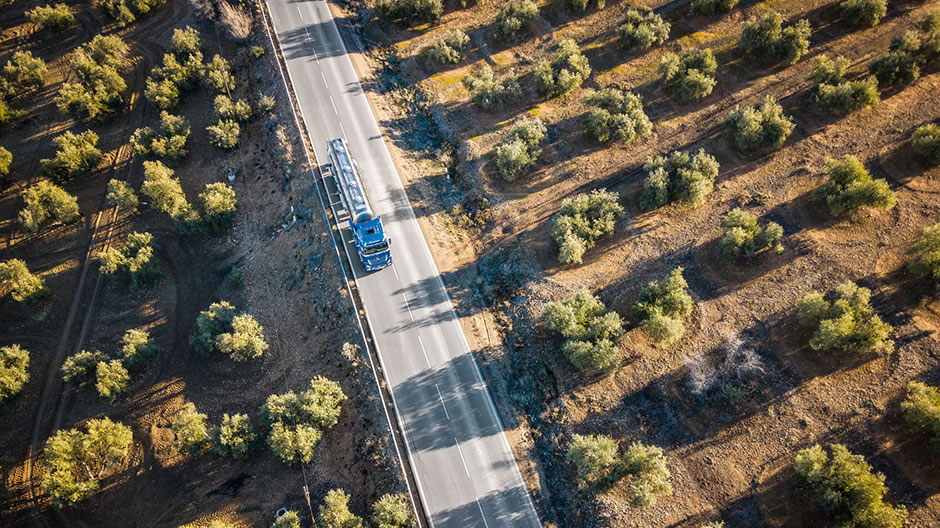
Actros and olive trees – Spain is the global leader in the production of olive oil.
It helps that the concept of traffic density seems to be from another world. It is only just possible to see the next lorry up ahead and a glance in the rear-view mirror shows, beyond the dark-blue cab and the shiny silver semitrailer, one other tractor/semitrailer combination travelling in the same direction. The oncoming lane tells the same story with the odd car scattered in between - conditions that should make for deep relaxation. Yet Juan Manuel is wide awake and just a moment later quickly steers to avoid a dog crossing the motorway clutching a rabbit. "There are always reasons to stay attentive," he comments.
The phone rings, interrupting his thoughts, it is Maria: "How is it going, where are you, is everything OK?" "Yes, everything is fine here. I'm just about to take the exit at Tébar, have my break and treat myself to a delicious coffee." "Great. Venga!" And with that she has already hung up, the lively forwarding agent and grandmother several times over.
Juan Manuel indicates and drives onto the Autovía del Este towards
Valencia. The high-pitched whistling from the turbocharger shows that
the Actros is having to work really hard again - there are
considerable inclines on the way to the Mediterranean and the warning
signs are flashing: "Precaution – Rachas de Viento"; strong
winds suddenly shake the cab. Good that it is time for a break
now.
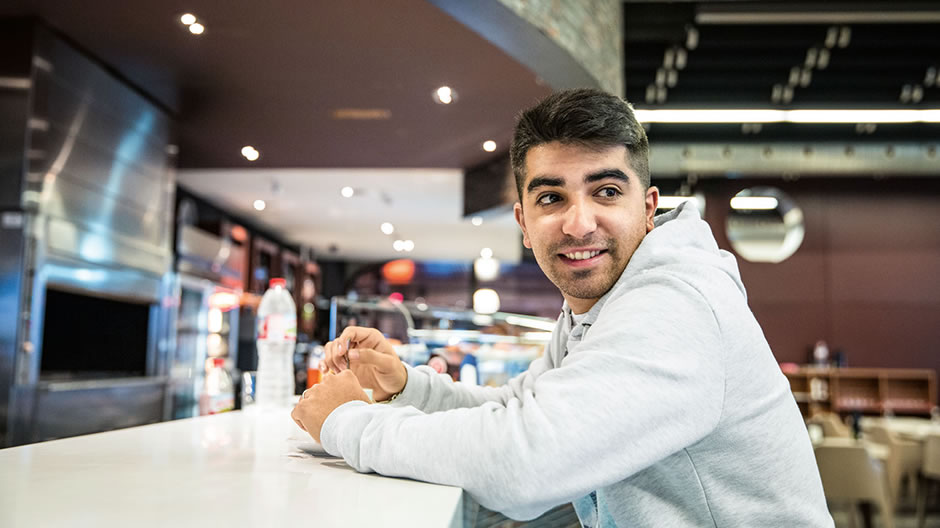
"Olive oil is a blessing - extremely delicious and it keeps us in work."
– Actros driver Juan Manuel Espinosa
The gusts of wind are a distant memory the following morning. Lead grey and virtually motionless, the Mediterranean lies to the right of the motorway. Good news: this means a quiet crossing. In Barcelona he has to take the ferry to Genoa.
He drove as far as Tarragona last night, fully refuelled the lorry
one more time and then had a full eleven hour break. Back on the road,
it is quickly evident that he is approaching the metropolis of
Barcelona: The morning rush-hour traffic has nothing at all in common
with yesterday's motorway driving.
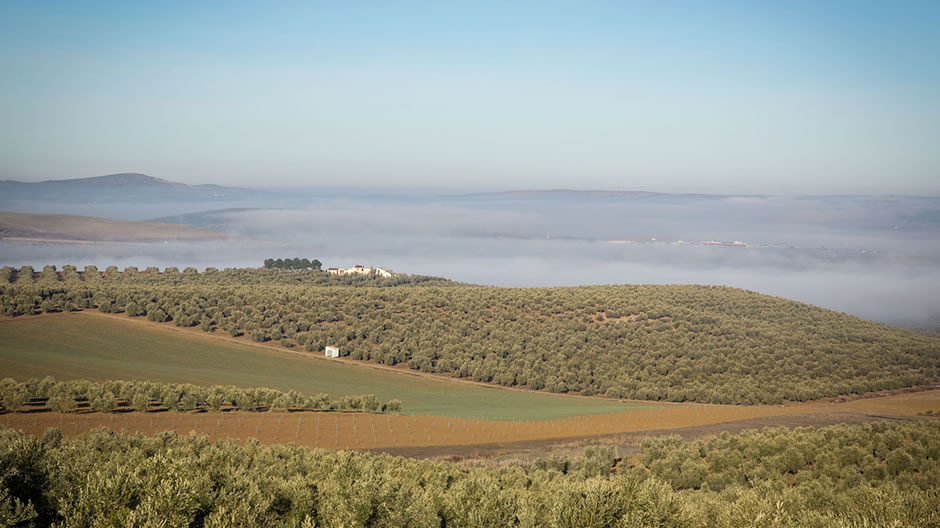
It doesn't matter though, as Juan Manuel has allowed enough time and in the end he waits about an hour and a half at the terminal before things gradually move towards the ferry. "It helps to be patient here," he says while waiting, grabs a cloth and cleans the floor of the cab. It is not really possible that the tiniest crumb or piece of dust could have ended up here, Juan Manuel is so careful with his vehicle. That's the way things are in the food industry, where tractor units and semitrailers compete to see which is shiniest - from the inside and the outside.
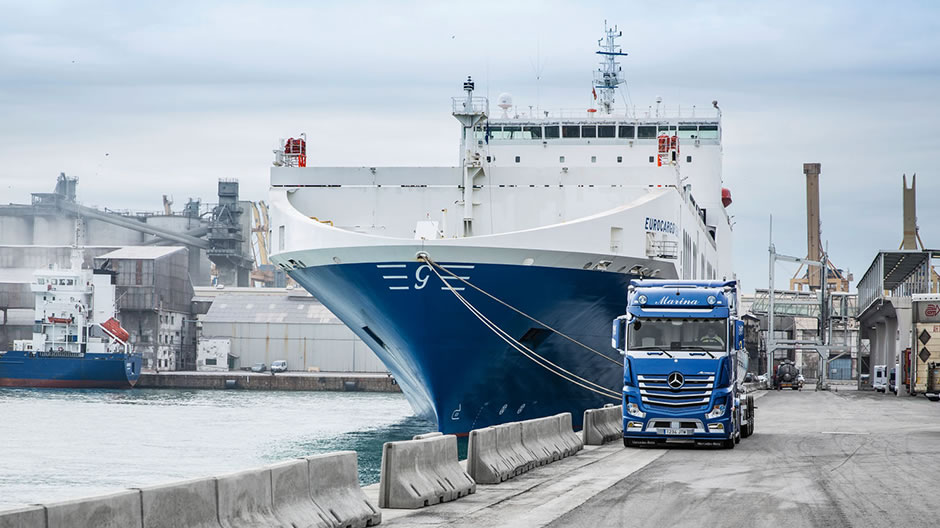
Blue Actros, blue boat – soon the ferry will head towards Genoa.
Photos: Sebastian Vollmert
Video: Martin Schneider-Lau




Comment
Please log in to post a comment.
10 comments
nicht wie maeine damals der Zeit und Technik geht weiter.
Gute Fahrt.
Gruß Richard
nicht wie maeine damals der Zeit und Technik geht weiter.
Gute Fahrt.
Gruß Richard
Und das Auto macht 'was her. Farbe, lackierter Tank gefällt mir besser als polierter Alutank.
Gruß
Klaus
Und das Auto macht 'was her. Farbe, lackierter Tank gefällt mir besser als polierter Alutank.
Gruß
Klaus
Das war wieder ein richtig Interessanter Bericht .
Mit schönen Bildern von der Landschaft und einem geschmackvoll gestyltem Actros .
Das war wieder ein richtig Interessanter Bericht .
Mit schönen Bildern von der Landschaft und einem geschmackvoll gestyltem Actros .
es freut uns, dass dir der Artikel gefällt und du die Gegend wiedererkannt hast! Und dankeschön für den Vorschlag! Wir nehmen immer mal Ideen auf - wer weiß, vielleicht wird es auch mal ein Bericht über Iberico-Schwene in Andalusien 😉
es freut uns, dass dir der Artikel gefällt und du die Gegend wiedererkannt hast! Und dankeschön für den Vorschlag! Wir nehmen immer mal Ideen auf - wer weiß, vielleicht wird es auch mal ein Bericht über Iberico-Schwene in Andalusien 😉